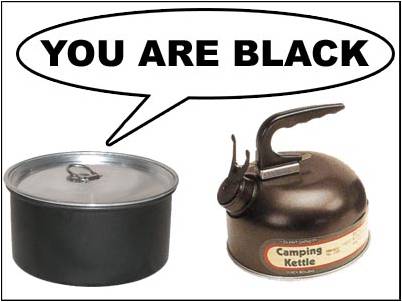Hi guys,
Looking for a bit of info if possible.
I picked up some cheap downlights from Wickes the other day that don't need transformers, I was planning on doing some research about why some have and some don't have transformers but they were on often so i picked them up anyway.
I've since been informed by a friend that bulbs go more regularly and they use more electric - first of all, is this true? What are the good and bad points of downlights with no transformers as oppose to those with.
Secondly, is it possible to use the newer LED bulbs in these downlights without transformers or would this simply not work?
Many thanks in advance for any responses.
Looking for a bit of info if possible.
I picked up some cheap downlights from Wickes the other day that don't need transformers, I was planning on doing some research about why some have and some don't have transformers but they were on often so i picked them up anyway.
I've since been informed by a friend that bulbs go more regularly and they use more electric - first of all, is this true? What are the good and bad points of downlights with no transformers as oppose to those with.
Secondly, is it possible to use the newer LED bulbs in these downlights without transformers or would this simply not work?
Many thanks in advance for any responses.


